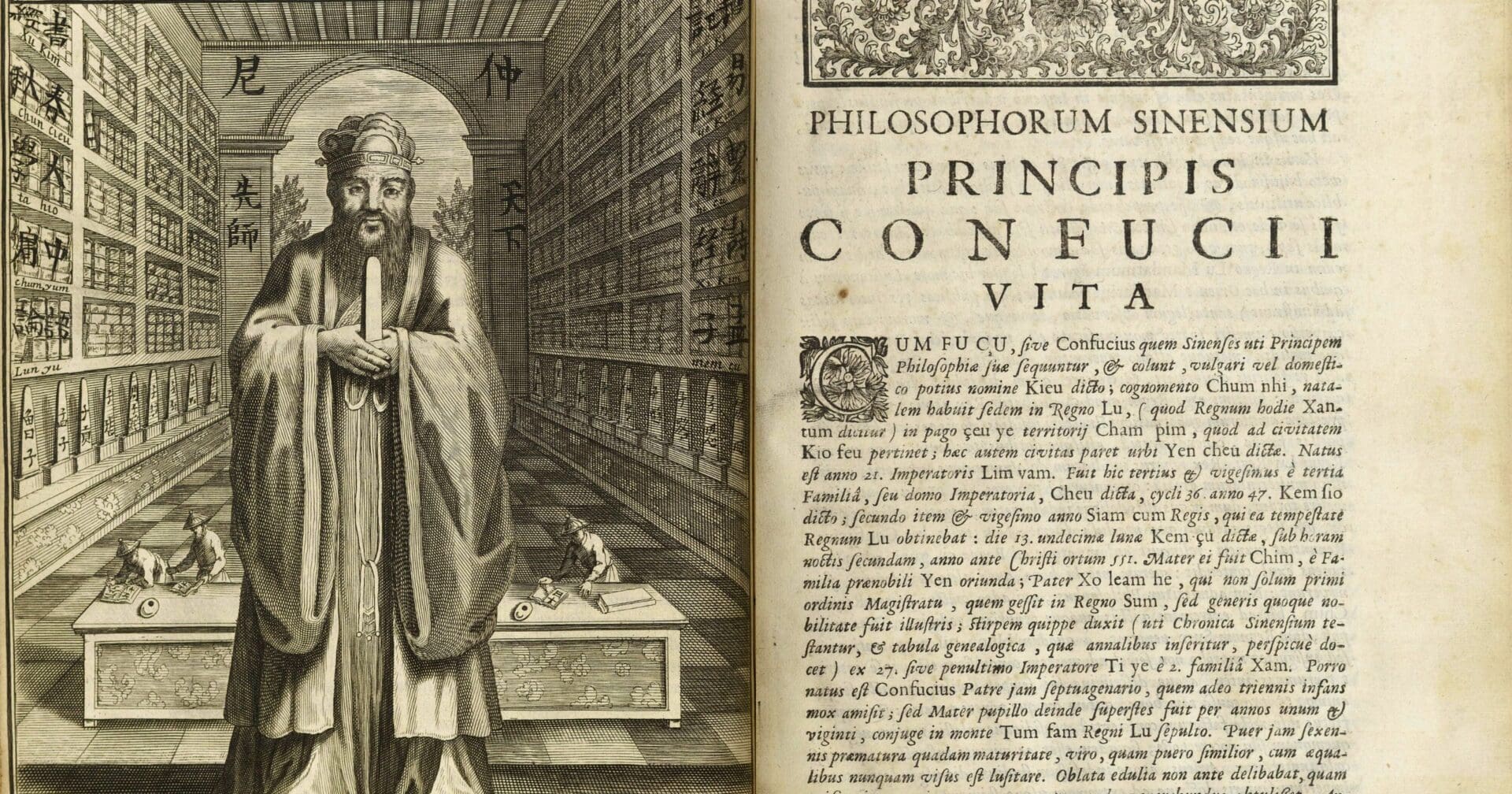The name “Confucius” might sound ancient and traditionally Chinese to most, but did you know it’s actually of Latin roots?
This fascinating tidbit can be traced back to the 16th century when Catholic Jesuit missionaries ventured into China and got acquainted with the works of “Master Kong” or in Mandarin, Kǒng Fūzǐ (孔夫子).
The story unfolds with the endeavors of two pioneering Jesuits: Michele Ruggieri and Matteo Ricci. After Ruggieri’s return to Italy in 1588, he embarked on translating Confucius’s teachings from Mandarin. Yet, it was through Ricci’s later detailed accounts that Europeans gained a deeper insight into the revered Chinese philosopher’s thoughts.
It wasn’t until the end of the 17th century though that the Jesuits made a significant mark. “Confucius, the Philosopher of the Chinese,” a remarkable work by Jesuits like Philippe Couplet and Prospero Intorcetta, was released in Paris in 1687.
This book served as an introduction to Confucianism, containing a Latin translation of parts of the “Confucian canon” and, interestingly, a biography of Confucius.
Historians agree that such translations by the Jesuits heavily influenced European thinkers, particularly those interested in the integration of the Confucian system of morality into Christianity.
During their height of influence in China, Jesuit missionaries weren’t just visitors; they held esteemed roles, often advising the emperor directly. Intriguingly, this relationship paved the way for many in China, including those steeped in Confucian teachings, to embrace Christianity and join the ranks of the Society of Jesus.














